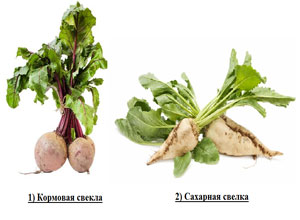 Specialists involved in the field of agriculture advise to give preference only to local domestic species. Having nothing against the varieties bred by Americans, the breeding results of their long labors are less pronounced in taste, more modest yield and difficult adaptation to growth in the climatic conditions of Russia. It is imperative to know which beet varieties They are popular in what are the individual species and how fodder beets differ from sugar.
Specialists involved in the field of agriculture advise to give preference only to local domestic species. Having nothing against the varieties bred by Americans, the breeding results of their long labors are less pronounced in taste, more modest yield and difficult adaptation to growth in the climatic conditions of Russia. It is imperative to know which beet varieties They are popular in what are the individual species and how fodder beets differ from sugar.
Popular varieties of vegetables: table beets
Firstly, it is necessary to clearly indicate for what purpose the cultivation of this vegetable is required, since not all species species of beets that can be grown on their own plot are suitable for addition to borsch, vinaigrette or beetroot soup. Only the variety that has the scientific name "table beet" is considered cultural. Such a vegetable is a thick fleshy root of a dark scarlet or saturated raspberry shade. Leaf beet known abroad is also considered its subspecies; it is popular in the West under a different name - “Mangold”. This biennial plant is popular in Europe and North America.
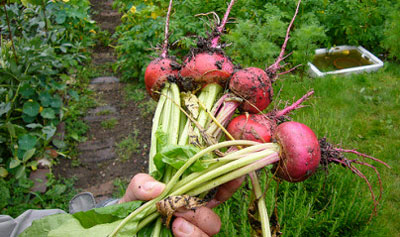
Beetroot has two subspecies groups, among which European and Asian varieties have also received their distribution. The first group includes fodder, sugar and table root crops used in cooking throughout the Old World. A distinctive feature of Asian variety forms is the weak development of the root crop of small sizes. Since many do not know how fodder beets differ from sugar, it is worth paying extra attention to this issue.
Feed and sugar beets: what is the difference?
In Russia, beets have long been an indispensable ingredient in livestock feed. Since the 18th century, large-horned animals have also been actively included in the diet. On Russian lands, fodder beets gained their well-deserved distribution and became one of the main objects of agricultural cultivation. Its milk-producing property favorably affects cow's milk yield. A useful fodder vegetable contributes to the enrichment of the animal organism with many vitamins, minerals, acids and other nutrients, which in turn affects their productivity and the birth of a healthy offspring. Thanks to fodder beets, they rarely come to the aid of concentrates on farms in the winter.
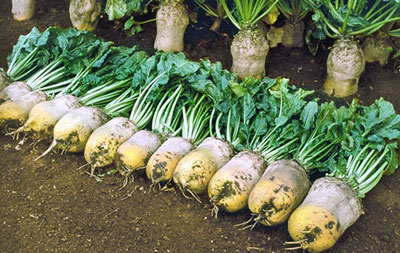
Recommended: Planting beets with seeds in open ground
It happens that often in the markets buyers are trying to sell fodder beets as a canteen. In order not to fall for the tricks of dishonest sellers, you should know that fodder beets are distinguished by a particularly large size. Despite the huge amount of fiber in its composition, table beets are best suited for consumption.
Visually, it is easy to see how fodder beets differ from sugar. The latter is always white and has a certain elongation in shape. The main purpose of the sugar type of beets comes from its name. Indeed, this product is ideally suited for the production of sugar, because a fifth of its entire composition is glucose. It is also grown specifically for feeding animals.
Black soil should be considered an ideal place for cultivating sugar beets; therefore, Ukraine, rich in such soils, undoubtedly occupies the first position in terms of sugar beet cultivation. Following Ukraine, the southern regions of Russia are located in the ranking, and Belarus closes the top three.On the territory of each country, beets are cultivated, as a rule, of varieties of German selection. Imported hybrids feel great on Slavic land, annually presenting a rich harvest and contributing to the development of sugar production in the states.
Beetroot or Chard
The difference between fodder beets and sugar is easy to understand. But rarely has anyone heard of such a vegetable as leaf beets, and hardly anyone can imagine what it looks like. Mangold (as it is also called) has become widespread in European countries. This vegetable culture is famous for its huge content of carotene, vegetable protein, vitamins and many other useful substances that are indispensable in the process of human life. Its appearance has nothing to do with the root crops of beet fodder or sugar, since the leaf type has a similarity with spinach. The color of petioles, stems and leaf shape are the main determinants of a particular variety. A mangold can have both curly and even leaves, its petioles can be either white or pinkish or saturated red.

Recommended: Planting carrots and beets in spring: catching on time
The advantage of this vegetable plant is its unpretentiousness. Leafy beets are easy to grow, it copes with the cold well, does not suffer from excess moisture and feels comfortable under the scorching sun. One season allows you to harvest several times.
Leaf, as well as other beet varieties (how fodder beet differs from sugar described earlier) is in great demand among residents of the southern latitudes of Europe. On the territory of the Russian state, the use of this beet variety in cooking is rather rare, which cannot be said about table beets.
How to grow beetroot in the garden?
Known to everyone and everyone, how can you cook borscht without it? Bright red beets, used in Russia as natural rouge, have a lot of useful qualities. Most often, boiled beets are eaten, but raw beets are often eaten. Squeezing the juice from the root, or eating a little tops, you can strengthen your immunity. By the way, in winter, when the amount of fresh vegetables and fruits is limited, beets are one of the few crops that is available fresh almost throughout the year. However, it is important to remember that not all varieties of table beets can differ in long shelf life.
Each of the above varieties can be grown independently in their own area. Since table and fodder beets are the most demanded types of culture, it is necessary to dwell on some points in the cultivation of these variety forms, especially since the difference between fodder beets and sugar and table beets is already known.
Despite the fact that the vegetable crop in question is not picky, observing certain nuances when planting will allow the plant to provide the most suitable conditions. Firstly, it is advisable to choose a sunny spot in the garden. Ideally, if the selected area was dug up before the start of winter and enriched with garden compost.
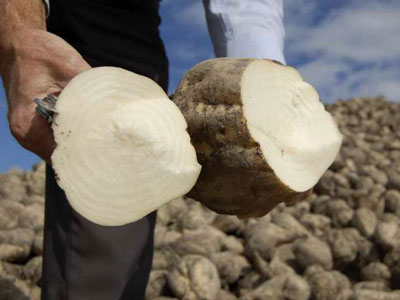
Sow beetsAs a rule, in late April - early May. Complex organic fertilizers are laid out in the prepared bed for sowing, and left for a couple of weeks, after which you can proceed to the direct planting of seeds. If the planned harvest should provide beets for the whole winter, then you can sow the crop in the soil even in June. Gathering root vegetables in October, and placing them in dry sand, beet stocks will remain until spring.
Regardless of how fodder beets differ from sugar or table, all varieties require mandatory thinning.Having reached 3 centimeters in height, the grown plant becomes crowded, so no more than one root crop should be left in the hole. The pulled out seedlings are not suitable for further transplantation.
Perhaps you should take care of the appropriate protection of the plant from pests, weeds, birds. Throughout the entire period of growing beets, it is important to ensure a sufficient constant loosening of the soil for the vegetable crop. Despite the fact that the plant normally develops in arid conditions, watering should not be neglected. The lack of moisture can lead to coarsening of the fruits, after which even sudden precipitation will not do good - the beets will crack. Every gardener should know how to grow potatoes wisely without weeding and hilling.
Now, when much has become clear in the issues of growing beets, and its species differences (in particular, how fodder beets differ from sugar) there is no doubt, you can try to grow this vegetable on your garden. A rich harvest will be a real reward for all the efforts and efforts.

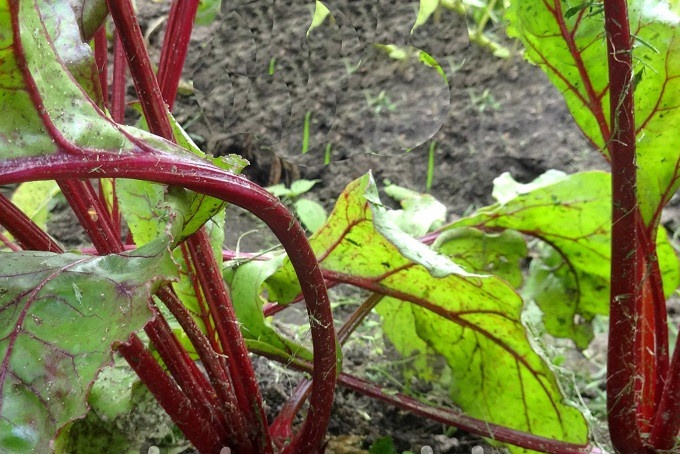

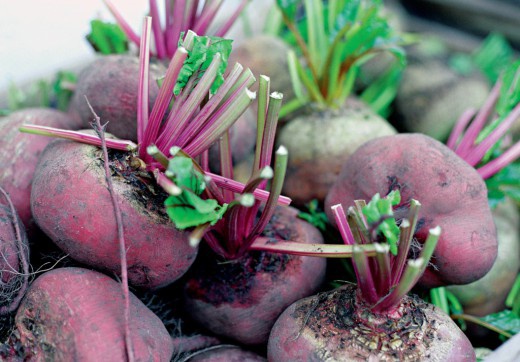 Dates of harvesting beets and carrots in the suburbs
Dates of harvesting beets and carrots in the suburbs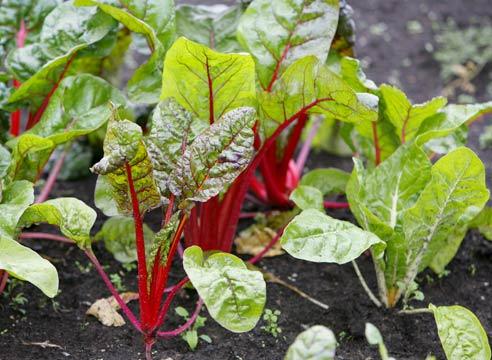 Planting beets with seeds in open ground
Planting beets with seeds in open ground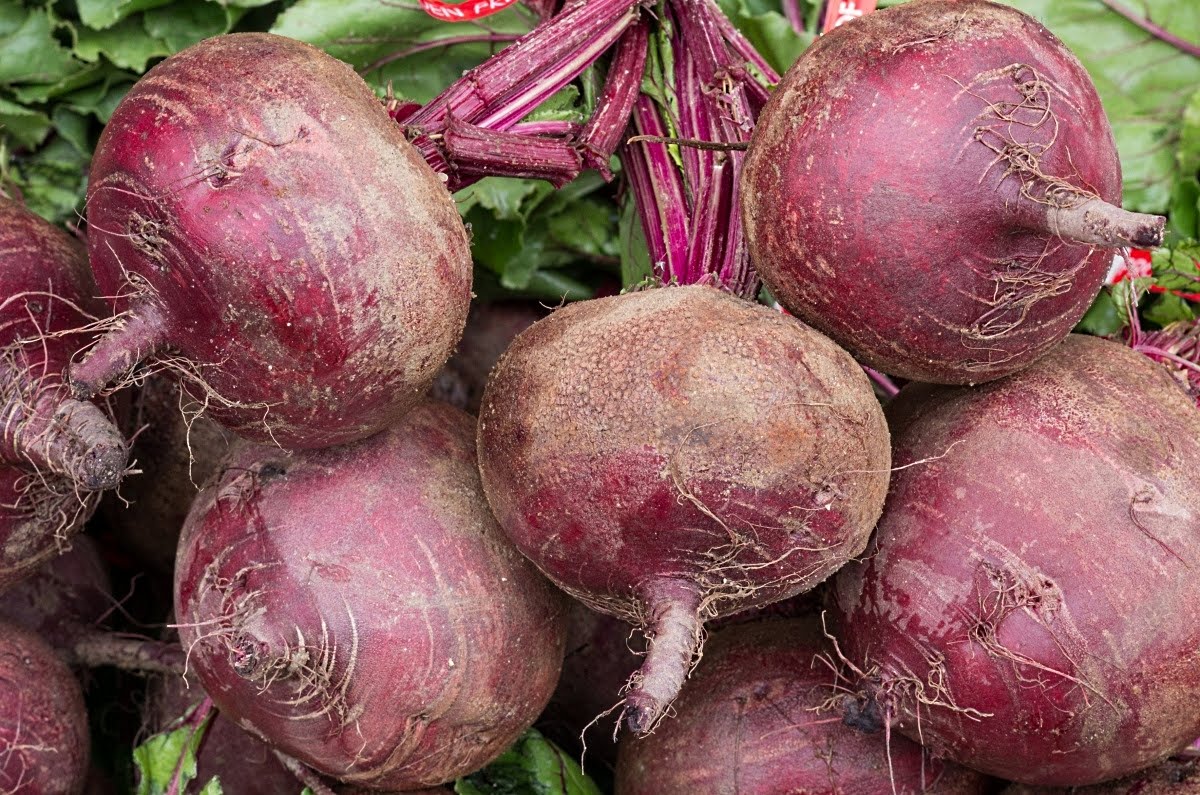 Outdoor beet planting and care
Outdoor beet planting and care